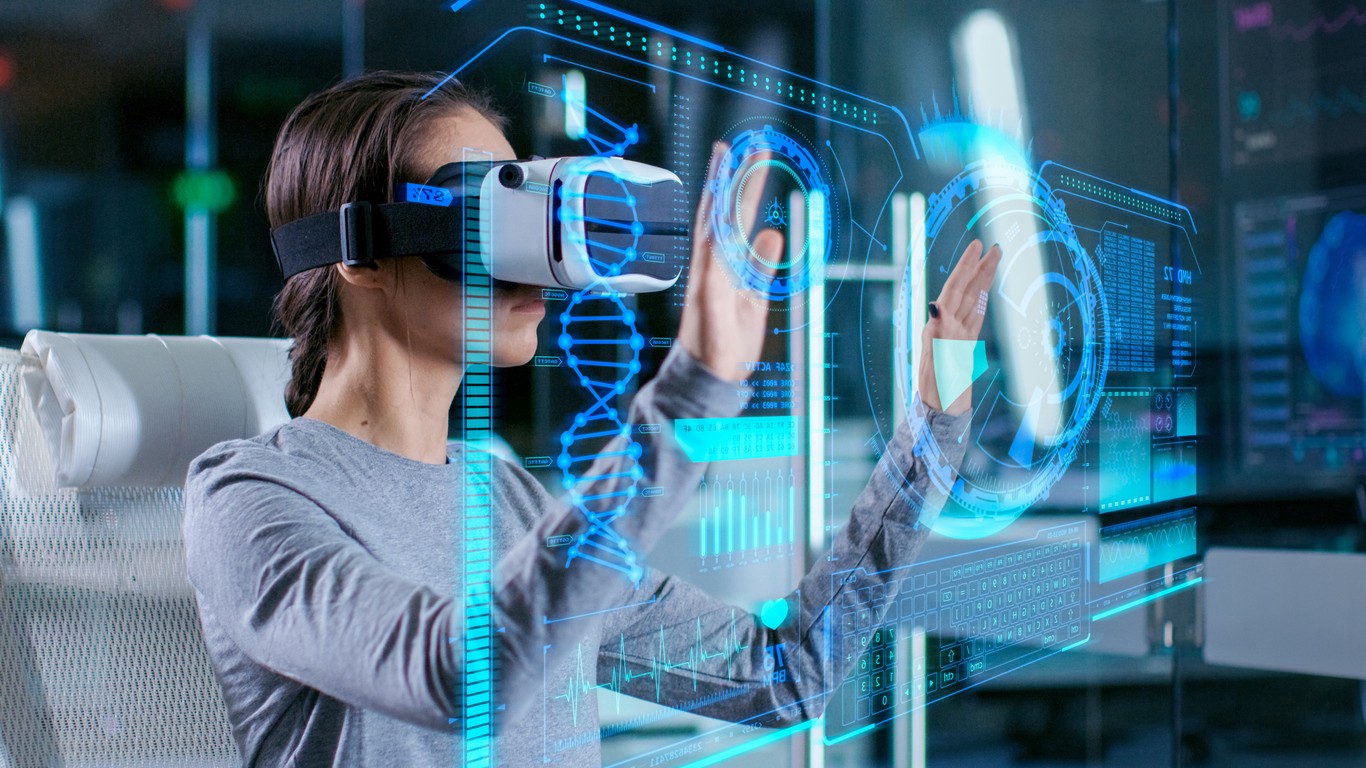
Top 5 Reasons to Use Immersive Technology in Education in 2021
Back in the days we were used to chalk and whiteboards to the advent of projectors and the modern computers. Technology in education is constantly evolving. Needless to say we are able to create immersive reality with the latest VR, AR, and MR technologies.
Virtual reality enables users to fully immersive themselves in the virtual world, this is especially practical for the education sector. Teachers strive to produce visual content to help student learn and master a particular subject, such as complex abstract concept in mathematics, physics, astronomy, and chemistry.
Top 5 unique advantage of immersive VR education:
1.Visual
The virtual space enables students to view objects and process that are difficult to illustrate in the real world, or with 2D drawing. For instance, studying the anatomy of a human body can't be precisely illustrated in the physical world without opening up a dead body. Also, aerospace, flight simulations, or deep sea diving can be learned in VR like never before.
2.Concentration
In an immersive environment, students are no longer distracted by external stimuli, or peaking at the girl sitting next to him instead of focusing on the class material. The entire visual sensation is directed to the present moment in the immersive world, where the student can do nothing but process the virtual information.
3.Fun
Listening to monotones teachers can be boring and puts students to sleep, the learning environment in immersive reality can be programmed to be fun and exciting. In VR, students can conduct virtual experiments, revisit historical events, and solve complex problems with more fun and understandable way.
4.Safety
We have all heard horror stories on students blowing things up by accident in chemistry classes, or people getting their hands injured while learning in wood workshops. Creating a virtual environment enable a student with hands-on learning experience, while keeping all learning situations safe. Students can perform complex operations without any potential risks to harm themselves or pupils.
5.Effectiveness
VR can be a much more effective way to train a person than traditional methods. Learning in VR through gamification can be a rewarding way for students to learn and have fun at the same time. Every teacher in school have different teaching methods, so students often would have different results in skills acquisition.
Having a standardized training method in VR can make sure each trainee receive the same training.
How to Integrate VR, AR, and MR technologies in Education?
As VR becomes more mainstream VR headsets are becoming more accessible and affordable. All-in-one headsets like the Oculus Quest are now cheaper than your iPhones. We can only foresee more and more developers getting into the education space, producing content for VR applications.
YouTube is now hosting content specifically for VR, so for 360 degree videos producers, the platform already exist free of charge.
Most recently, Microsoft announced the latest Mesh platform, which is a virtual platform designed for learning and collaborating using their Hololen2 device. The platform enable companies to produce virtual worlds where people like engineers can meet virtually to collaborate on 3D engineering projects. The software is advanced enough to enable participants to pass virtual 3D objects to each other, as if they truly exist in reality. Teachers can take an entire course to the platform, or have simulated experiments for students. Other AR applications are available on the iOS app store and Google Play, as well as Steam and Oculus store.
What Are Some Existing Educational VR Projects?
In case you are wondering, there are already quite a few VR programs designed for training and education. Here we name a few:
Universe Sandbox is a physics based space simulator. The simulator merges gravity, climate, collision, and material interactions to reveal the beauty of our universe and our planet Earth. With this simulator, you can experience what it is like to create, destroy, and interact like never before.
The program is available on Windows, Mac, and Linux.
Price: 29.99 USD
This VR experience is the perfect simulator for what goes on inside a human body. The experience is designed for medical students to travel through blood vessels, see cells, and deadly viruses.
Price: free
Google Earth VR enables you to see the world's top attractions from all perspectives and angles. Travel to the Hong Kong Stadium, Hoover Dam, Matterhorn, and the Niagra falls to see things up close.
This is the world's first atlas of the human anatomy in virtual reality.
Price: $149.50 (Students)/ $499.50 (educators and professionals)
The initial release of The VR Museum includes 15 high-fidelity sculptures, and more are coming. In addition, two famous paintings are included, scanned and rendered in crisp detail. In future releases, both collections of sculpture and paintings are sure to expand. The artwork is arranged thoughtfully into four exhibits, each with its own theme. If you ever actually feel like learning something, informative holographic plaques are placed next to each piece of art. That does involve reading, though, and that's a lot of work.
Price: free
